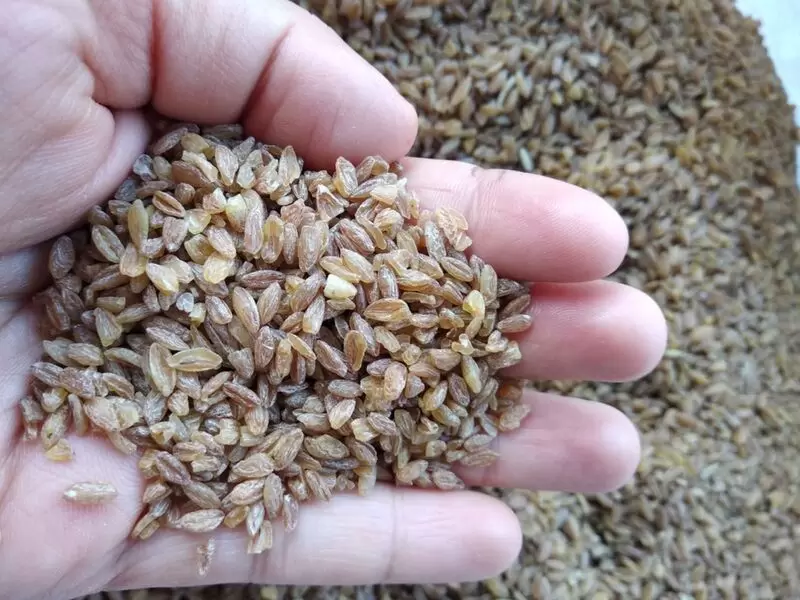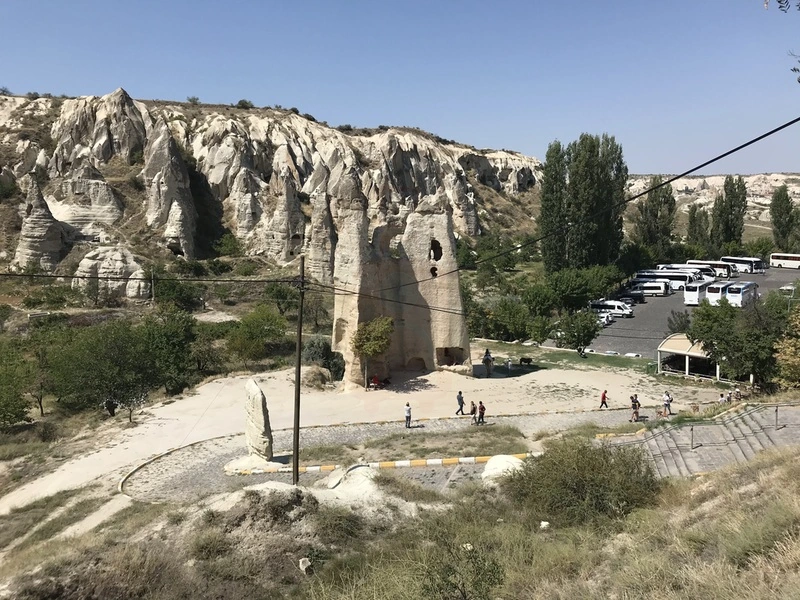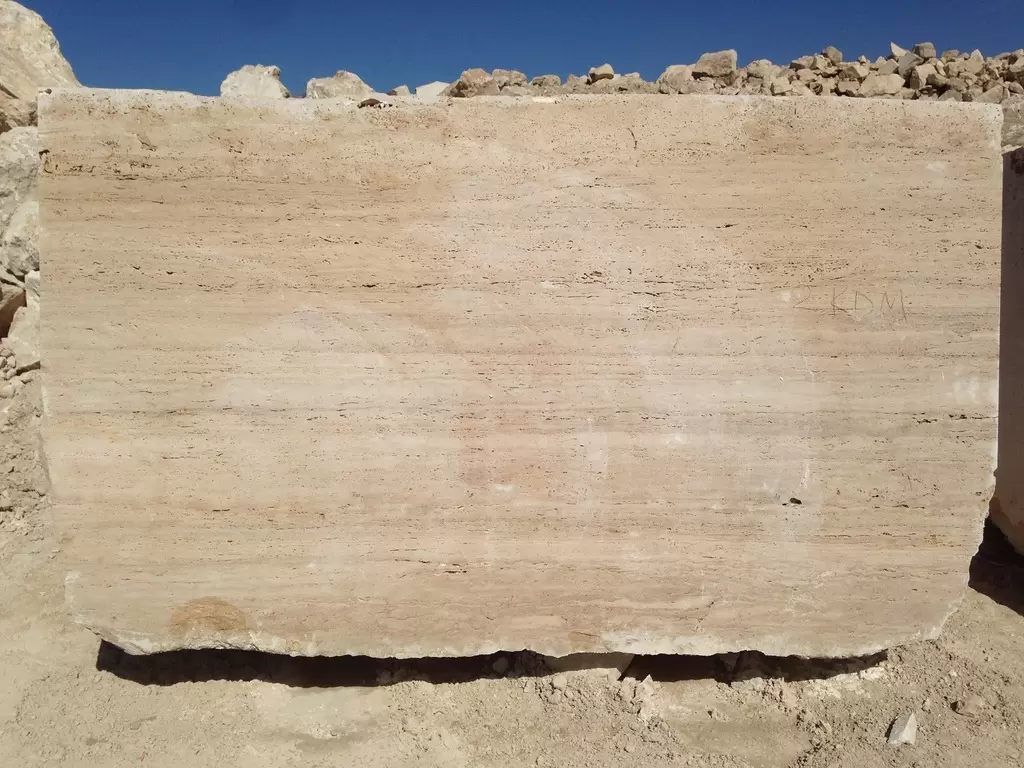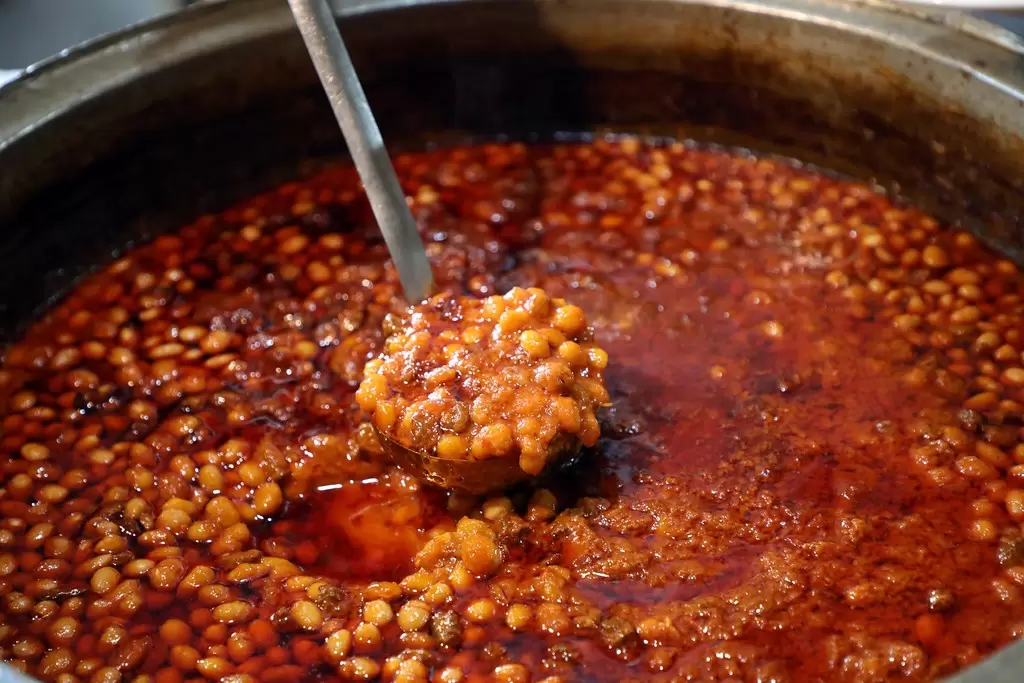
Kastamonu Siyez Bulghur, made from the ancient Triticum monococcum (einkorn) wheat, is a geographically indicated product deeply rooted in the traditions of Kastamonu, Turkey. This unique bulghur, derived from a wheat variety with a history spanning thousands of years, embodies the heritage, nutritional richness, and traditional culinary culture of the region. Einkorn wheat, locally known as Siyez, thrives in the districts of İhsangazi, Devrekâni, Seydiler, and other areas of Kastamonu, offering a product that is as resilient as it is flavorful.
Distinctive Features
-
Ancient Grain Heritage
Siyez wheat is one of the world’s oldest cultivated grains, dating back over 10,000 years. Its single-grain spikelets and husked nature distinguish it from modern wheat varieties. This genetic purity makes Siyez wheat resilient, nutrient-dense, and uniquely flavorful. -
Traditional Production Process
Kastamonu Siyez Bulghur is produced using a unique and traditional method:- The husked einkorn wheat is boiled without removing its outer husk.
- After boiling, the wheat is dried naturally, preserving its nutritional content.
- The dried wheat is milled in stone mills to produce bulghur with a coarse, distinct texture. This process eliminates the need for mechanical abrasion, ensuring the natural characteristics of the grain are retained.
-
Nutritional Richness
Siyez bulghur is celebrated for its high nutritional value. It boasts an impressive protein content and is rich in essential minerals such as calcium, iron, zinc, phosphorus, magnesium, and silicon. These attributes make it a healthy choice for modern diets while maintaining its traditional appeal. -
Flavor and Texture
Kastamonu Siyez Bulghur has a distinctive nutty flavor and firm texture, making it a versatile ingredient in various dishes. Its ability to absorb flavors while maintaining its structural integrity makes it a favorite in soups, pilafs, salads, and more. -
Environmental and Sustainable Cultivation
Siyez wheat is naturally hardy and requires minimal intervention, thriving in the harsh climatic conditions of Kastamonu. Its ability to grow without the need for intensive farming techniques underscores its sustainability and importance in preserving biodiversity. -
Regional and Cultural Significance
The production and consumption of Siyez bulghur are deeply tied to Kastamonu's cultural identity. It is a staple in the region's culinary traditions and has been passed down through generations, reflecting the community's connection to its agricultural roots. -
Geographical Indication and Authenticity
The geographical indication status of Kastamonu Siyez Bulghur ensures that the product is authentic and produced using traditional methods in its designated region. This certification protects its unique characteristics and promotes its historical and cultural significance.
Culinary Versatility
Kastamonu Siyez Bulghur is an incredibly versatile ingredient, used in various traditional and contemporary dishes:
- Pilafs: Its firm texture makes it ideal for pilafs with vegetables, herbs, or meats.
- Soups: Adds richness and body to broths and stews.
- Salads: Pairs well with fresh vegetables, herbs, and dressings.
- Stuffed Vegetables: Serves as a filling for dolmas and other stuffed vegetables. Its nutty flavor and firm texture elevate both simple and complex dishes, making it a favorite among chefs and home cooks alike.
Conclusion
Kastamonu Siyez Bulghur is more than just a nutritious food; it is a living testament to the agricultural and culinary heritage of the Kastamonu region. Its distinctive flavor, traditional production methods, and health benefits make it a cherished product in Turkish cuisine. Whether enjoyed in traditional recipes or modern creations, Kastamonu Siyez Bulghur offers a unique and authentic taste of history and culture.


















